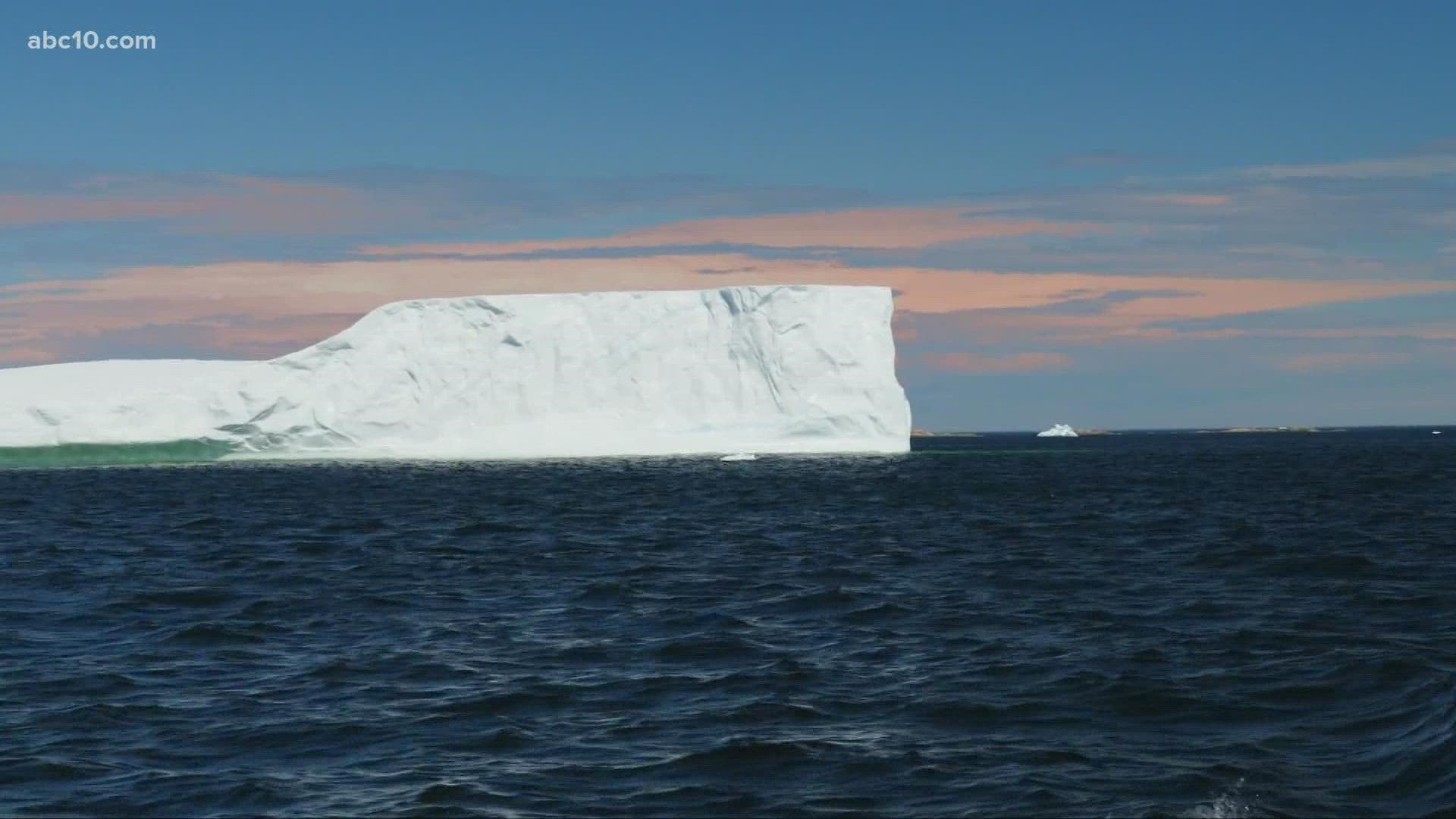SACRAMENTO, Calif. — Gov. Gavin Newsom released his Extreme Heat Action Plan to build up California's resilience to the increasing heat. Along with advancing an $800 million package in last year's budget for protecting California communities from heat, Newsom said he put forward $37.6 billion toward fighting climate change.
“Extreme heat driven by climate change endangers the lives and livelihoods of Californians in every corner of our state, and threatens our vital natural systems,” he said in a press release.
The Extreme Heat Action Plan's progress will be tracked through the California Climate Adaptation Strategy’s annual reporting process to advance California’s all-of-government approach to climate adaptation. Funding for the comprehensive plan will be allocated to the state's 2022-23 budget.
Additional measures to combat rising heat in California include:
- $2.2 billion from the state's Public Utilities Commission to the Energy Saving Assistance program through 2026 for low income families to have running air conditioning and ventilation.
- $200 million for microgrid development in vulnerable California communities to ensure power stays on during critical heat waves.
- $200,000 per year to support 400 cooling centers across the state (within the large electric utilities' jurisdiction).
- $48.5 million from the Wildlife Conservation Board to restore urban streams as part of the state's nature-based solutions for cooling public and private spaces.
- $2 million from the High-Speed Rail Authority for urban tree planting within vulnerable communities.
The governor's administration announced an "all-of-government approach" to combat extreme heat in four ways:
- Building public awareness and notification. Newsom said an awareness and notification system regarding advisories and services during extreme heat conditions would benefit vulnerable people. The most impacted groups include unhoused residents, outdoor workers, old and young people and others with pre-existing health conditions.
- Strengthening community services and response. The governor's administration said they want the state to support local climate adaption and implementation planning, along with establishing heat illness prevention standards for local workers.
- Increasing resilience of the built environment. Though this initiative, Newsom wants to protect critical energy, transportation and other infrastructures affected by extreme heat. Relevant regulations, and cooling technologies then come into play.
- Utilizing nature-based solutions. This would include providing strategic shade and further regulating temperatures inside of buildings and surfaces during extreme heat events.



















